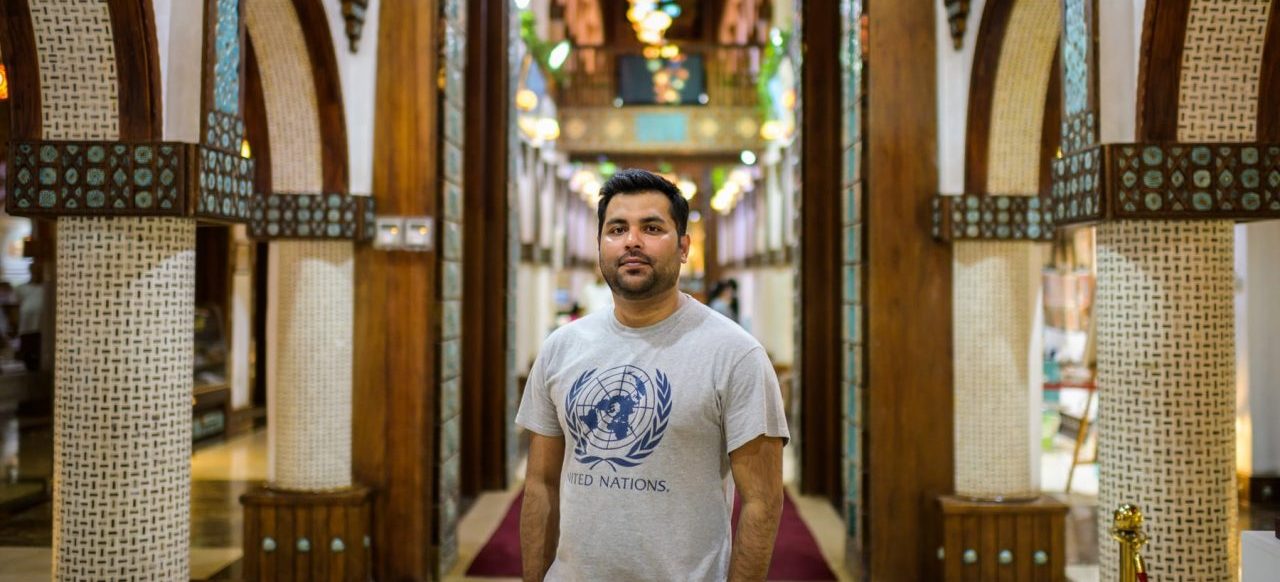Over the past three decades, temperature increases in Qatar have been accelerating. That’s because of the uneven nature of climate change as well as the surge in construction that drives local climate conditions around Doha, the capital. The temperatures are also rising because Qatar, slightly smaller than Connecticut, juts out from Saudi Arabia into the rapidly warming waters of the Persian Gulf.
In a July 2010 heat wave, the temperature hit an all-time high of 50.4 degrees Celsius.
“Qatar is one of the fastest warming areas of the world, at least outside of the Arctic,” said Zeke Hausfather, a climate data scientist at Berkeley Earth, a nonprofit temperature analysis group. “Changes there can help give us a sense of what the rest of the world can expect if we do not take action to reduce our greenhouse gas emissions.”
While climate change inflicts suffering in the world’s poorest places from Somalia to Syria, from Guatemala to Bangladesh, in rich places such as the United States, Europe and Qatar global warming poses an engineering problem, not an existential one. And it can be addressed, at least temporarily, with gobs of money and a little technology.
To survive the summer heat, Qatar not only air-conditions its soccer stadiums, but also the outdoors — in markets, along sidewalks, even at outdoor malls so people can window shop with a cool breeze. “If you turn off air conditioners, it will be unbearable. You cannot function effectively,” says Yousef al-Horr, founder of the Gulf Organization for Research and Development.
So far, Qatar has maintained outdoor life through a vast expansion of outdoor air conditioning. In the restored Souq Waqif market, a maze of shops, restaurants and small hotels, three- to four-foot-high air-conditioning units blow cool air onto cafe customers. At a cost of $80 to $250 each depending on the quality, they are the only things that make outdoor dining possible in a place where overnight low temperatures in summer rarely dip below 90 degrees.
Click here to read the complete article.


Recent Comments